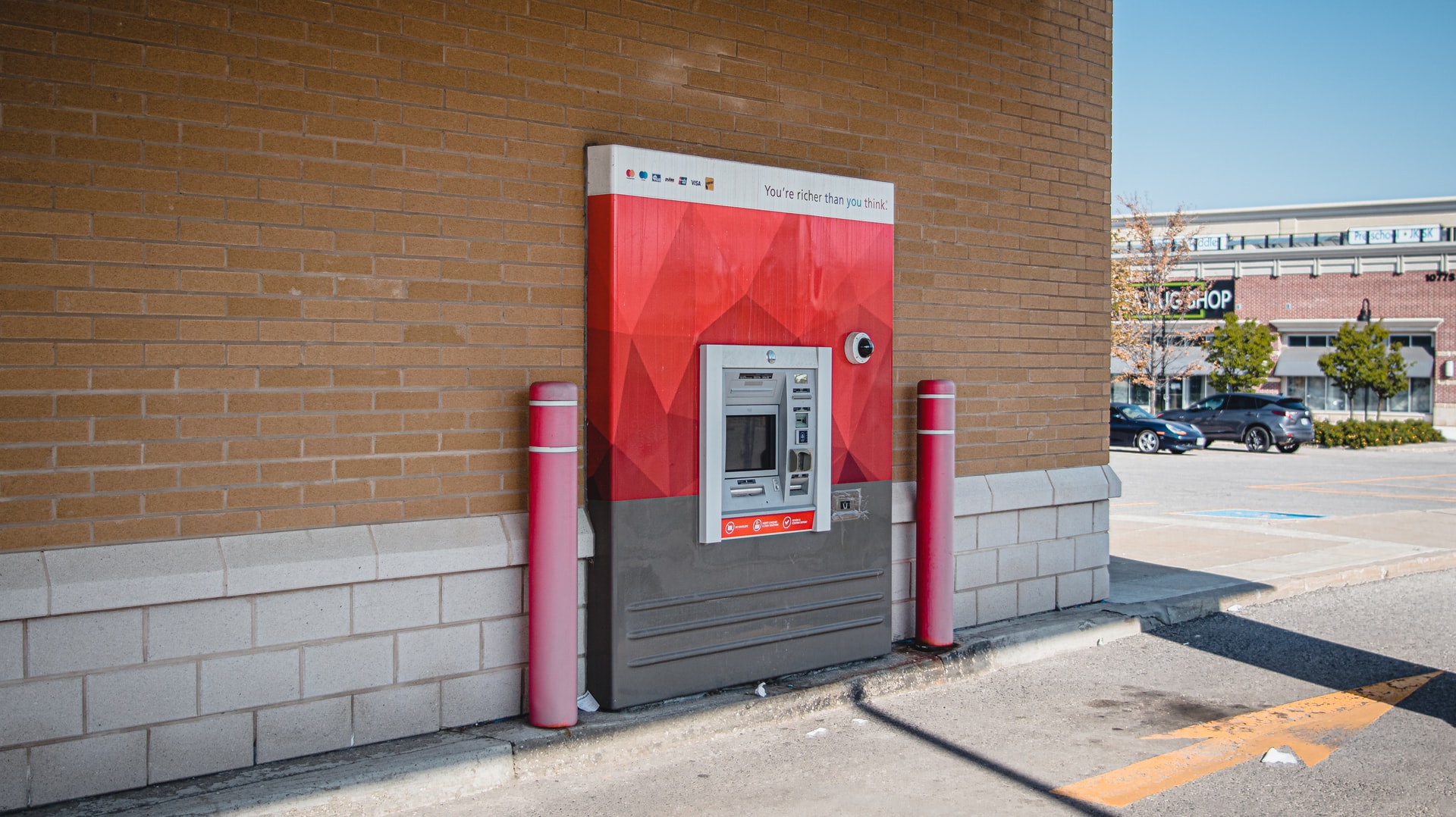Have you ever watched a video and been confused by it?
Maybe it’s because the speaker was talking too fast, or maybe it was because the content was way over your head. Either way, it’s no fun to feel like you’re missing out on information that could be helpful to you.
But here’s the thing: according to research from Harvard Business Review, more than 50% of viewers will stop watching a video after just one minute if they don’t understand what’s happening. So if you want to make sure your marketing videos are accessible to viewers, read on! Here are some tips for making sure your videos are clear and easy to understand for everyone

Create Captions for Your Videos
Captions are a great way to make your videos more accessible. People who are deaf or hard of hearing rely on captions to access and fully understand your content, and they can help people with other disabilities, too (such as those with ADHD or autism). Captions also help people who are watching in noisy environments, like trains or airplanes.
You may be wondering how to create captions for your marketing videos. There’s good news: there are many services that can help you create captions, both automatic and human-generated. Some services offer real-time transcription from video files, while others allow you to upload transcripts and sync them up with the audio from your video. You can even create your own captions if you have time, but you will need someone proficient in the language spoken in the video to proofread them for accuracy!
Invest in a Teleprompter
A teleprompter is a device that lets you read text while looking directly at the camera. Having one can make it easier for your presenter to stay accessible because they won’t have to memorize their lines or even have them all memorized—they can just glance down and keep going. Reading off of a teleprompter is also less likely to cause stammering or mistakes in pronunciation than reading from a typed script or looking at notes written on cue cards.
There are many benefits to using a teleprompter! We recommend you take a look at Bigvu’s teleprompter to understand how you can use a mobile app as a teleprompter for your videos.
Develop Talking Points
- Develop talking points. It’s helpful to think through all the possible questions your audience may ask about your product or service and make sure you have answers prepared. If you don’t already have a script, this is a good place to start. You can use these in your video or create an FAQ page, depending on where you see the most need.
- Write a script. Make sure that everything written down is clear and concise, that it doesn’t sound too technical, and that it avoids jargon where possible. Then write it down again using simpler language that anyone can understand. And then write it down again using different words. In general, try to avoid using writing as a monologue—you want your ideas and concepts to come across more like a conversation than a lecture.
Use a Video Editor to Add Subtitles
You can use a video editing program to add captions to your videos. However, an easier option is to use an online service that provides automated transcription. REV.com is one of the most popular options, but its services can become quite expensive as you scale up production.
Descript is another alternative that provides a more affordable subscription model and offers additional capabilities such as audio editing and transcription directly within the platform.
Once you’ve got your text, consider how easy it will be for viewers to read it over the video footage behind it. If there are other images or text on the screen that might be confused with your captions, you may want to choose a different font color or style, so they stand out more.
In some cases, you may want to position the subtitles differently than what’s automatically generated by whichever software or app you’re using. For example, suppose there’s information being presented on screen in the lower left corner. In that case, you’d probably want your captions in a different spot so they don’t compete for attention in that area of vision.
Finally, be sure that the timing of each caption matches up well with whatever is happening on-screen during that moment. Often, this will mean adjusting things slightly from what was generated by transcription software. For example, maybe someone said something quickly, and it wasn’t picked up accurately.
To help make sure everything stays perfectly synchronized throughout your video project – including audio effects like background music–consider exporting individual tracks so they can be imported into an audio editing program like Adobe Audition before being re-combined into one final version when everything is finished!
Learn to Practice Teleprompter Reading
Now that you’re familiar with the fundamentals of teleprompter reading, read over your script a few times to get more comfortable with it. Then try these tips:
- Practice reading the script aloud. Reading out loud is a great way to ensure you have enough time to say all your lines and understand how to pronounce any unfamiliar words or terms.
- Read your script in front of a mirror. This can help you be aware of body language and facial expressions, which can be helpful when conveying emotion or charisma in your video.
- Read your script at a moderate pace and in a conversational tone (unless otherwise stated). Your audience needs time to absorb what you’re saying, so don’t rush through it! On the other hand, speaking too slowly may bore them or make them think there was something wrong with the playback speed on their device.
- Practice reading the script without looking at the teleprompter screen (remember when we said that?). Start by closing your eyes for shorter intervals each time until you feel confident about not having access to visual cues from the text in front of you as you speak!
Use a Camera Stabilizer
The camera stabilizer is one of the best ways to improve your video quality without spending a lot. It helps you get steady, smooth shots and allows you to be more mobile. The gimbal attaches to the base of your camera and acts as a counterweight so it can balance out your shots.
The DJI Ronin-S is a good place for beginners to start because it’s easy to use and doesn’t require complicated setups or calibration. You simply attach your camera with a mount, turn on the gimbal, and let it calibrate itself.
You can also adjust the settings in post-production by going into the DJI app, where you can further customize things like speed modes, axis control, and stabilization profiles. The app also has an auto-tune feature that makes setting up even easier than before.
Use a Video Light Kit
A lighting kit for your camera can help to give you more control over the way your shot looks by giving off more light and reducing shadows in your video. It can also help it look more professional. The best way to do this is with a tripod and a lighting kit, which can be rented or purchased. While there are some tutorials online for DIY lighting kits made from things like foam board and Christmas lights, these are difficult to use as they tend to “bounce” the light in all directions.
We hope these tips prove helpful in ensuring the videos you make are more user-friendly. They would surely fetch better ROI.
















